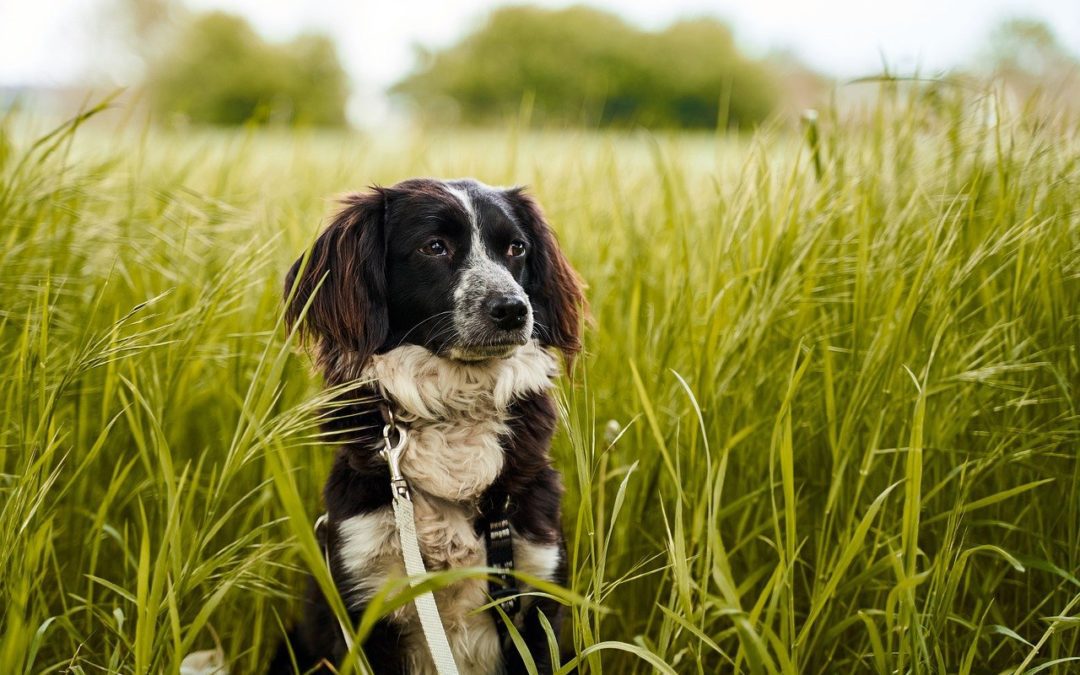Ban Black-Legged Ticks: How to Protect Your Dog from Lyme Disease
Black-legged ticks are the species responsible for transmitting Lyme disease to dogs and people. Lyme disease is spreading across the country and can infect canines everywhere. Find out how to prevent Lyme illness in your canine with the accompanying tips.
#1: Avoid walking your dog in areas where ticks are likely to be
Ticks don’t fall out of trees to attack their victims, but they are likely to be found in heavily wooded areas. Tall grass, brush, and weeds provide the perfect opportunity for ticks to “quest” for their next meal, which means they climb up the plant and stretch out, waiting for the next warm body to venture past. To avoid ticks, walk in the center of trails through the woods, or stick to sidewalks in more populated areas.
#2: Discourage ticks from making a home in your yard
If your dog spends a great deal of time in the backyard, you may be inadvertently exposing them to ticks. Landscape your yard appropriately to discourage ticks and their hosts from making a home there. Start by clearing tall grasses and brush around your home and at the edge of the lawn. Mow your yard frequently and keep leaves raked. Place a 3-foot-wide barrier of wood chips or gravel between your lawn and any wooded area, in addition to around your patio. This will restrict tick migration into your most frequented areas. Also, stack wood neatly and in a dry area to discourage rodents that ticks feed on.
#3: Vaccinate your dog for Lyme disease
An annual vaccination is available for dogs to help protect them from Lyme disease. Speak to our team to see if adding this vaccine to your dog’s protocol is a good idea.
If you observe a tick connected to your pet, eliminate it cautiously with consistent, even tension. Utilize a couple of tweezers to get a handle on the tick’s head as near your pet’s skin as could be expected, then pull straight back with a consistent movement. Our team then, at that point, can recognize the tick and prompt you about potential tick-borne sickness signs to look for in your dog. Contact our team for more assistance if you track down a tick on your pet.

